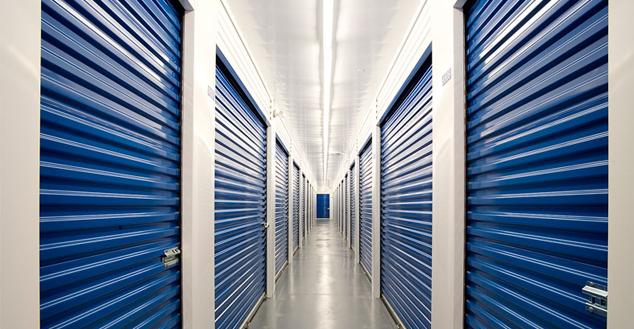The Tiny House Movement: Debt-free, environmentally-friendly living
The Tiny House Movement: Debt-free, environmentally-friendly living
By Maddy Williams

Tiny houses are modern living innovations that are less than 400 square feet, often made of recyclable materials. They sprung up in popularity in the US after the devastation of Hurricane Katrina. Tiny houses can now be found all over the world. As the movement is still relatively small in Australia, now’s your opportunity to lead the charge on living big and sustainably in a tiny house.
Who are tiny houses for?
Tiny houses have been built for all kinds of people. One builder in the US has taken to building tiny homes for the homeless. Other people earn a comfortable living, but have decided to move away from consumer culture, and towards a minimalist lifestyle. Tiny houses range from the simple to the designer, and can accommodate individuals, couples, and small families.
Cost benefits
In Australia, the average tiny house can be built for around $30,000-$40,000. This is dramatically lower than the median house price in Sydney at $1 million, and could be a solution for young people to own their own home and live mortgage-free.

Not only is the cost of building exponentially lower, but once your tiny house is built, it can cost next to nothing to maintain. You can go “off the grid” and attach solar panels to your tiny home, which costs a fraction of the price you would pay for energy bills.
Environmentally-friendly
By utilising solar and wind energy and rainwater tanks, you can dramatically reduce your environmental impact and carbon footprint. Some tiny house owners go the extra mile and install self-composting toilets, which reduces pollution of our waterways.

By their compact nature, tiny houses have a much smaller impact on the land that they’re built on. If this trend takes off in a big way, it would dramatically reduce the need for logging or displacement of wildlife.
The practicalities: storage
While the idea of living mortgage-free is attractive to most of us, tiny house living is not without its challenges. The most obvious one is storage. By nature, tiny houses encourage a more minimalist style of living. However, storage is still a necessary component of homes. The key lies in using all available space, as well as repurposing rooms and space from what we’re readily used to: for example, this collapsible multi-purpose dining table that also functions as a mirror:

Some other great creative storage options that tiny homeowners have come up with include:
- Loft beds
- Sliding or collapsible counters
- Installing “toe-kick” drawers under low kitchen cabinets
- Raised or “false floors” for storage underneath
- Stair storage

Do you still have a lot of things that you can’t part with, but love the idea of a tiny house? An option is to invest in self-storage so that you’re not living with clutter. There are a range of self-storage options available at very low prices, including self-storage units, modules, and storage containers. The latter two are sometimes stored at a storage facility, which you can access easily. This maintains simple living and leaves your property free of clutter. Hiring storage and living in a tiny house is still much more cost-effective than living in a traditionally-sized home in Australia.

The practicalities: council regulations
Council regulations vary a lot across districts and states, so you’ll have to check in thoroughly with your local council. Generally though, tiny houses exist in a grey area of regulation, since they’re such a new phenomenon in Australia. One way to comply with regulations in some council areas is to put wheels on your tiny home- this puts it under the category of “caravans”, which is much less costly and complicated than having it registered as a home. This also means you can easily travel across the country in your tiny home!
Where you put your tiny home will vary depending on council regulations. If you own land, the situation is very workable. Otherwise, renting land off friends or willing property owners is another option. Again, it must be stressed that you have to check in and comply with your own local council regulations. If it does, then tiny house living is a real and economical alternative to traditional home ownership.
Do you have a tiny house? Share your story with us on our Facebook page !

